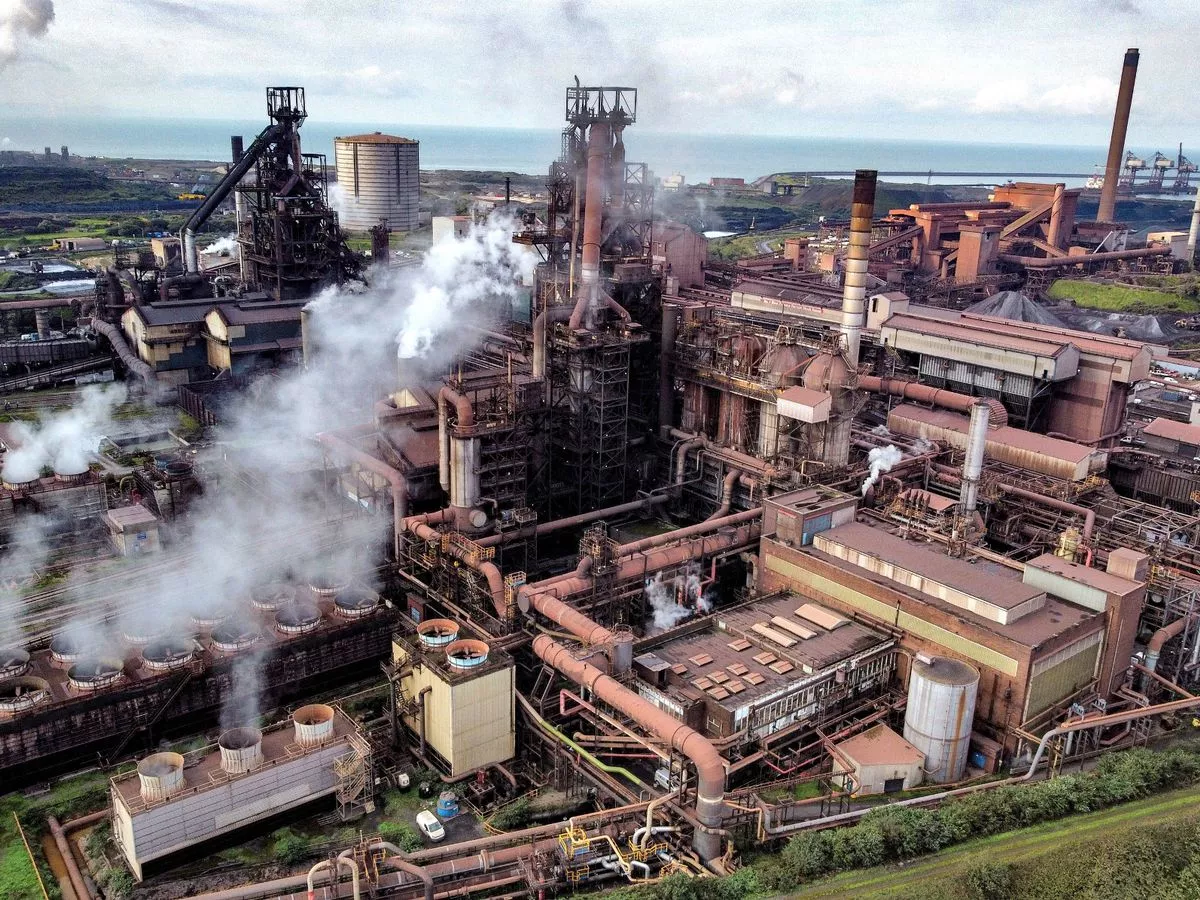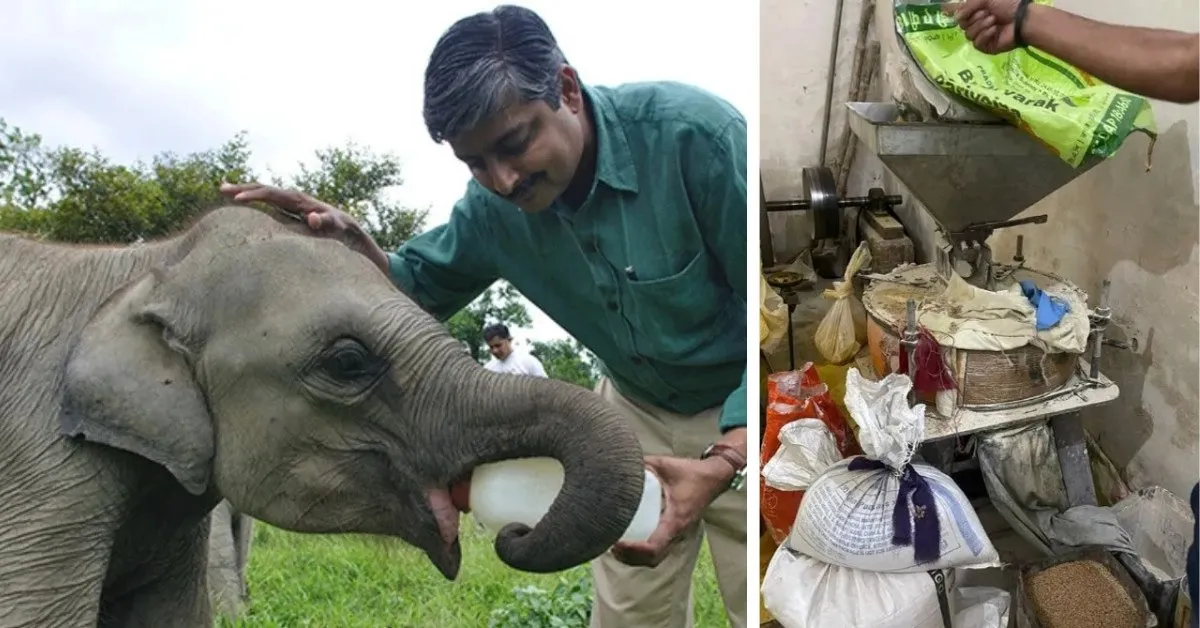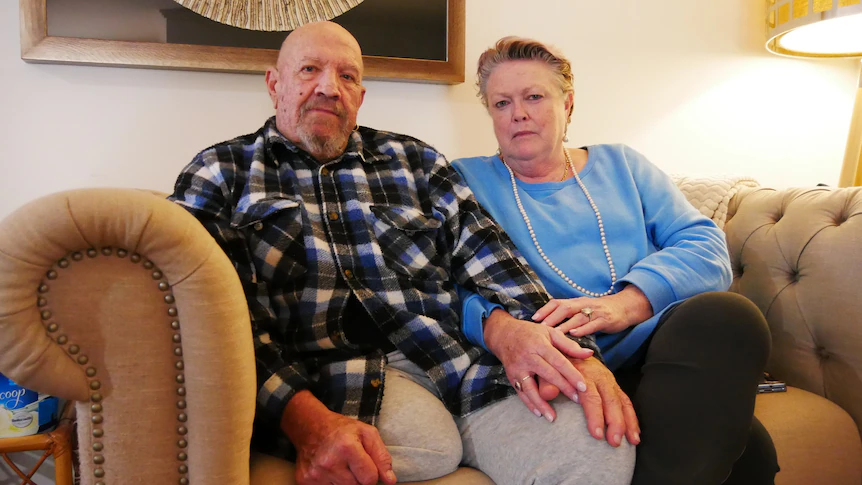By Jason Evans
Copyright walesonline

Steel giant Tata has gone on trial over alleged safety failings at its Port Talbot works. The prosecution follows an incident when toxic gases from a blast furnace were vented into an area where men were working, resulting in two men being taken to hospital. Tata denies two counts of failing in its duty to ensure the health, safety and welfare and is on trial at Swansea Crown Court . The trial is expected to last two weeks. Rebecca Griffiths, opening the prosecution case for the Health and Safety Executive, told the jury that the case revolved around an incident on February 14, 2022 when gases from blast furnace number at Tata’s Port Talbot plant four were vented into the air in an area where men were working. She said the gases from a blast furnace are toxic and typically contain between 20-25% carbon monoxide, a gas which can be lethal. A total of 15 men were working in area at the time, two of whom had to be given oxygen and taken to hospital for checks. The barrister said the background to the events before the court was an incident at the plant in 2007 when one of the “blowers” pushing heated air into the bottom of a blast furnace failed. She said the drop in pressure allowed gases from the furnace to flow out of the furnace, back down the pipe and into the blower causing “significant damage” to the unit. The court heard that following this incident an emergency procedure was put in place to cover future failures or problems with a blower. This procedure involved fully opening a “snort value” which would vent the escaping blast furnace gases into the atmosphere until the pressure dropped sufficiently to allow an isolation value to be shut and the flow of furnace gases to be stopped. Typically it would take around three minutes of venting via the snort value to reduce the pressure enough to allow the isolation valve to fully close. The prosecutor said over the weekend before the 2022 the incident happened, blower number three had been “tripping” and the emergency procedure had been used to prevent the back flow of gases. However, she said when this had been done on the Saturday and Sunday there had been nobody working in the area. The court heard that the morning of Monday, February 14, the blower tripped again and staff in the control room initiated the emergency procedure – this time however, there were 13 contractors and two other workers carrying out maintenance works in the area. The prosecutor said when the snort value was opened as per the procedure, toxic blast furnace gases were released into the air – she said the volume of the vented gas was enough to fill an Olympic-sized swimming pool. For the latest court stories sign up to our crime newsletter The court heard that the safe short-term limit for expose to carbon monoxide in the air is 100 parts-per-million but personal gas monitors and alarms being worn by the two workers near the contractors recorded level of 1,408 and 1,860 parts-per-million. The barrister said neither of men reported hearing the plant’s fixed monitors sounding to warn them of the gas, and it later emerged a number of the fixed monitors were not working and had been out of action for a couple of days. The court heard the area around the snort valve was evacuated and the two men whose personal alarms had been triggered were given oxygen and taken to hospital for checks and “thankfully they recovered”. The incident was reported to the Health and Safety Executive, and an investigation was launched. The barrister said it was the prosecution case that Tata failed in its duties to ensure health, safety and welfare in the workplace in a number of ways, namely – the emergency procedure used in the event of a blower failure was “deficient” in that it involved venting toxic gases into an area where people could be working; the firm’s risk assessment about the release of gases was inadequate; a number of fixed monitors were out of order and the faults had not been detected while the monitors did not sound alarms in the control room but only gave a visual warning. The barrister said the fact that the firm changed its emergency procedure following the February 14 incident to one which no longer discharges gases through the snort value and had done a detailed risk assessment and made changes such as fitting an alarm which sounds when the fixed monitors are out of action shows it could have taken reasonably practicable steps to ensure the safety of people working on site prior to the incident. The barrister told jurors that in regulatory offence such as the ones they are considering there is a burden of proof on both parties – she said it was for the prosecution to make jurors sure of the alleged failings to the criminal standard and then, if they are sure “beyond reasonable doubt” it is for the defence to try to prove to them on the balance of probabilities that it was not reasonably practicable for the firm to do more than it had done to meet its legal duties. The barrister told the jury the prosecution does not have to prove harm was caused and that most Health and Safety prosecutions are brought on risk of harm. Tata Steel denies two counts of failing to ensuring health, safety and welfare – one covering employees and one covering contractors – and the trial continues.



